In response to the high rate of Executive Director turnover and significant shifts in Alaska’s political and economic landscape, in 2009 ACF gathered conservation leaders to begin discussing the challenges hindering effectiveness and innovative strategies for addressing it. Through the Transformers process, these leaders from across Alaska concluded that significant changes in how they approach issues—and how they structure their organizations—are necessary to foster a more powerful movement.
In October 2012, the project reached a major milestone when long-time ACF partners Alaska Center for the Environment (ACE), Alaska Conservation Alliance (ACA), and Alaska Youth for Environmental Action (AYEA) voted to merge into one.
Their new entity combines the three organization’s strengths: ACE’s grassroots presence and member base; ACA’s statewide policy coordination and advocacy; and AYEA’s leadership cultivation expertise. Through partnerships with other organizations involved in the Transformers process, the group will enhance communications, fundraising, and community organizing to achieve collective conservation goals.
“All of these areas of strength, under one roof, working in close coordination toward the same goals will make us stronger and more effective than we are separately,” said Andy Moderow, current Executive Director of the Alaska Conservation Alliance. In addition to building a more effective organization, the groups hope to achieve efficiencies with their combined resources.
Over the coming months, the organizations will integrate their staff, programs, and systems, while undergoing a branding assessment to determine the best name for the newly merged organization.
ACF has provided funding and strategic support to help the groups navigate the merger negotiations process, and is excited to see this next chapter unfold after so much hard work by all of the leaders and organizations involved. While Alaska is unique in many ways, its nonprofits face challenges similar to the rest of the country–decreased funding and increased competition for human and financial resources.
By actively choosing to rethink how they operate, Alaska conservation leaders are illustrating an incredible ability to adapt and innovate, and ultimately win on the issues threatening our communities and ecosystems.


